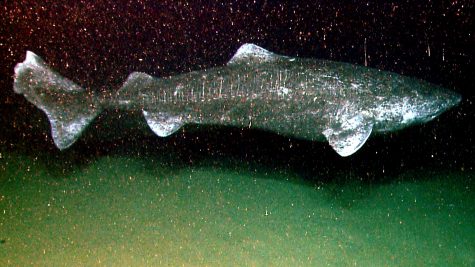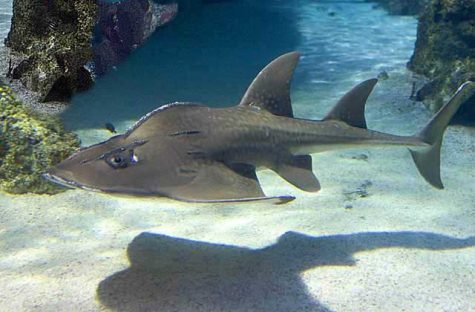This week is the annual Television tradition of Shark Week. That means large amounts of shark coverage and shark programming, courtesy of the Discovery Channel.
However, as Spinnaker learned last month, Shark Week is very controversial among the professional scientific community. UNF Professor and shark expert Jim Gelsleichter had many issues with Discovery Channel’s direction with Shark Week. He was especially concerned about how they frequently ignore lesser-known species in favor of well-known ones, like the Hammerhead shark.
“There’s a much lower emphasis on species with a greater conservation value,” Gelsleichter said at the time.
To serve as a sort of counterbalance to this, I decided to highlight some lesser-known, but equally important groups of shark species, many of which you may not have heard about before.
Deep Sea Sharks
Found at depths of thousands of feet or deeper, these sharks are very rarely seen by mankind. They exhibit many fascinating features of fish seen at that depth, such as Bioluminescence, and distinguishable physical characteristics, like the Goblin shark with its large snout and retractable teeth.

Another prominent deep-sea shark is the Greenland shark (pictured above). This shark is known for its lengthy lifespan, the longest of any known vertebrate. Found in the cold waters of the Arctic, this particular shark is listed as vulnerable by the International Union for Conservation of Nature (IUCN), only one rung above endangered. These sharks’ long lifespan is attributed to their low metabolism and breeding rate, but this is what has also contributed to their decreasing population, as they are more at-risk from overfishing and climate change.
Batoids
Batoids are not sharks at all, but are actually rays. While very different from each other, sharks and rays are actually closely related, and share many similarities, mainly a skeleton composed completely of cartilage, the same type of tissue that connects our bones and comprises our ears and noses.

One of these is the Sawfish (pictured above), which, despite being called a Carpenter Shark, is still a ray, not a shark. This is due to its visual similarity to the saw shark, with similar blade-like snouts, but much smaller. The Sawfish family is hunted for its fins for Shark Fin Soup, despite not even being an actual shark. All of its species are rated as Endangered or Critically Endangered by the IUCN, and they are also protected by the Endangered Species Act.
Another ray that is often confused for a shark is the Bowmouth Guitarfish (pictured below).

This species is very rare, and is listed as Critically Endangered by the IUCN, for similar reasons to the Sawfish, with it being a victim of unregulated fishing, with its fins also used for Shark Fin Soup, despite also not being an actual shark.
While these fascinating and unique species may be frequently overlooked by Shark Week and popular culture as a whole, they are just as important and worthy of protection and conversation as any other creature on the planet.
________
For more information or news tips, or if you see an error in this story or have any compliments or concerns, contact editor@unfspinnaker.com.
















